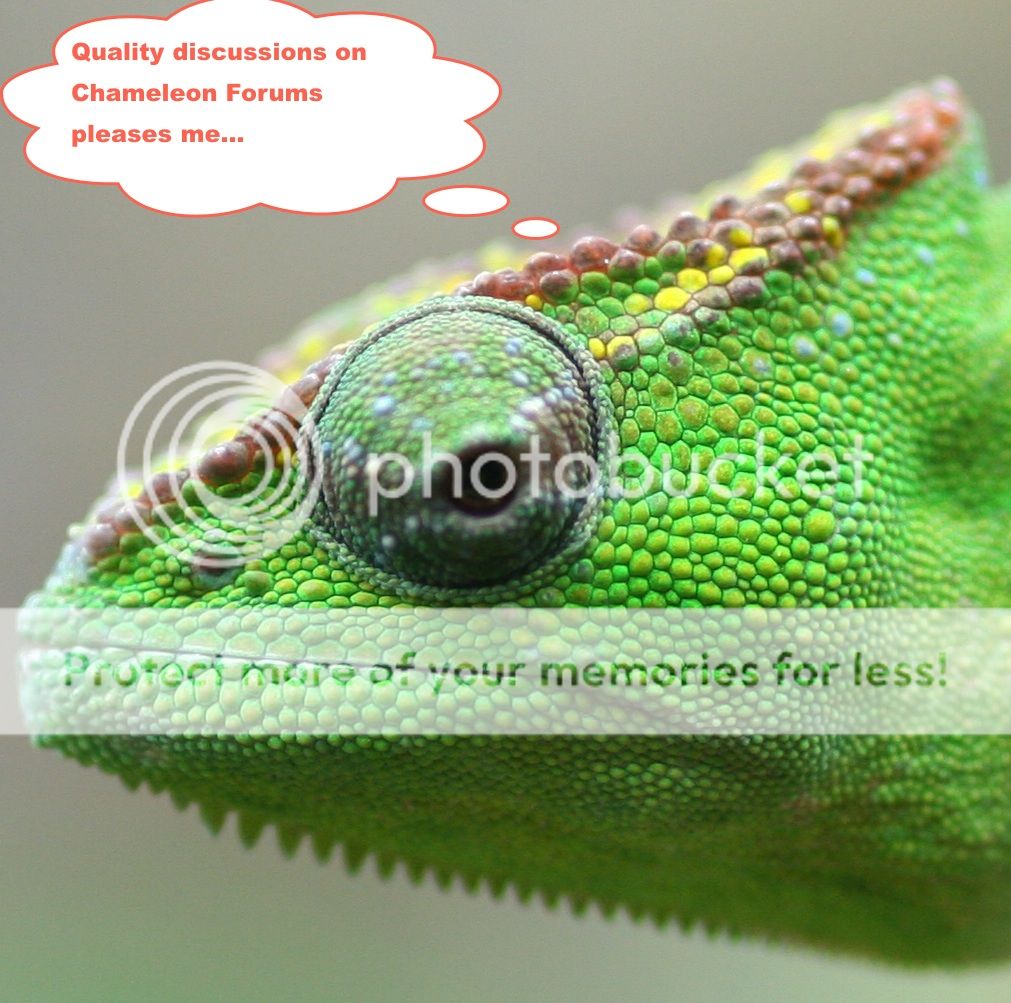Chameleopatrick
New Member
Wow, you will not find a better lighting thread for chameleons anywhere. Thanks Todd!
This thread is GRUMPY CHAM approved!

This thread is GRUMPY CHAM approved!

Last edited:



